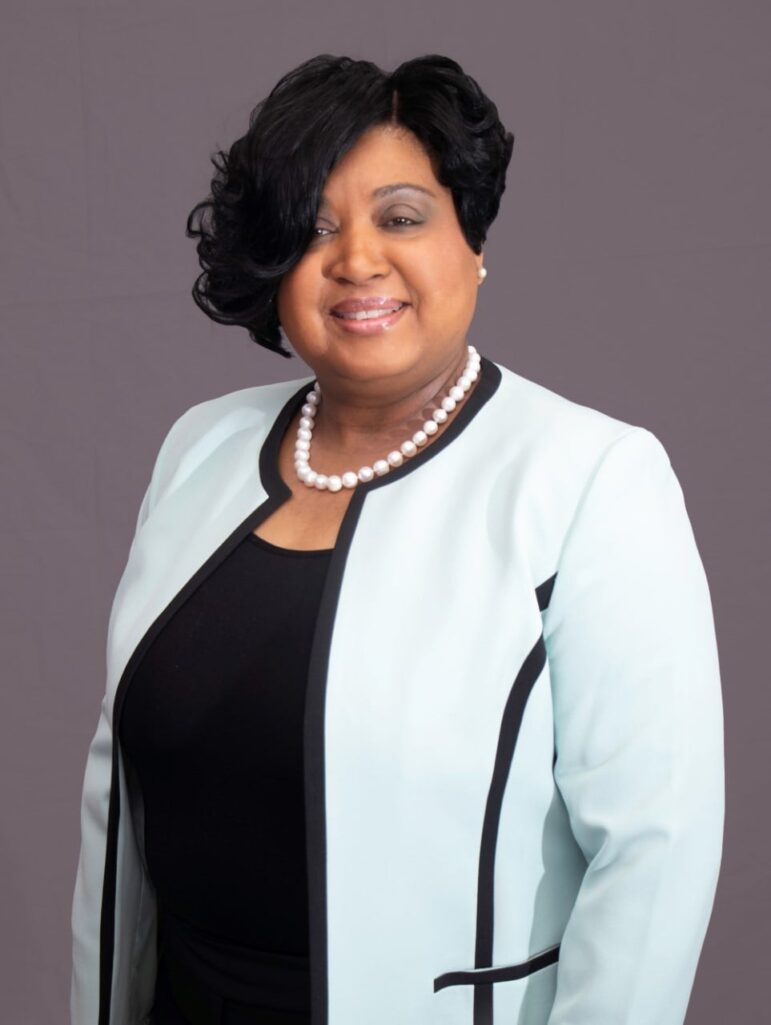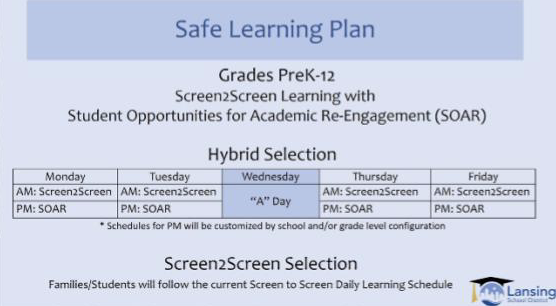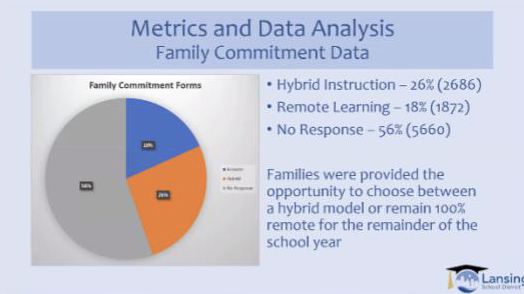
The Lansing School District Executive Board said schools are set to open on March 22. Board of education members recommended the Safe Learning Plan via Zoom at the school board’s Feb. 18 meeting.
In the hybrid model, morning classes Monday, Wednesday, Thursday and Friday are screen to screen, said Deputy Superintendent Delsa Chapman. The afternoons during the week are for the Student Opportunities for Academic Re-Engagement initiative (SOAR). This means face-to-face instruction with familiar teachers.

“Through SOAR, we are guaranteeing that we will be able to provide diverse opportunities to support the whole child,” Chapman said. “We can ensure academic continuity.”
The SOAR program is all about safety, said Chapman. To ensure and provide this safety, Chapman and her team introduced specific instructions for teachers, students and parents that align with the local health department and CDC guidelines:
- All students are required to wear masks on buses and in school buildings.
- All students must have their temperatures taken before arriving to the bus stop or school.
- Students will have assigned seats on the bus.
- No parents or visitors will be permitted in the schools for any reason.
- Students will be escorted by staff through the building to their classrooms when they arrive.
Chapman and her team surveyed parents and teachers to see if they preferred a hybrid model over a remote learning model. The commitment forms started going out on Jan. 13 by phone, text message and email, said Chapman. The survey closed Jan. 27.

For households, Chapman and her team collected 4,558 responses. Of those, 2,686 opted for hybrid instruction and 1,872 for remote learning. Another 5,660 never responded.
The executive board said it would keep following regional metrics that determine when it is safe to begin hybrid instruction.